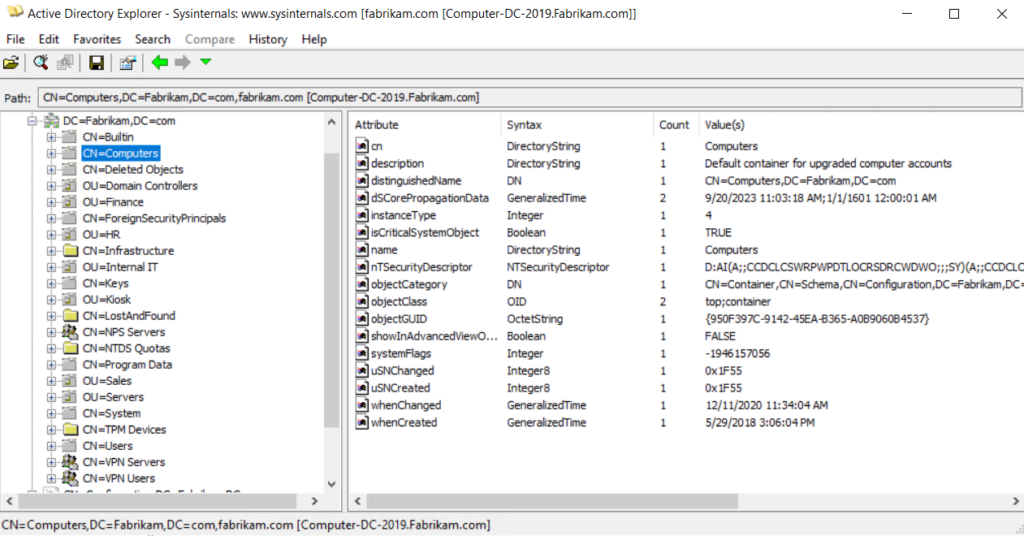Controlling Active Directory (AD) gives a level of complexity to IT operations in contemporary organizations. One of many critical responsibilities administrators face is import users into active directory. While the method appears straightforward, a few issues frequently happen, each impacting efficiency and information accuracy. This short article examines some of the very frequent hurdles in Import People in to Effective Listing and offers realistic answers to over come them.
Understanding Common Challenges

1. Data Format Problems
One of the most consistent difficulties in importing customers into Productive Directory is knowledge arrangement inconsistencies. Consumer information is often extracted from various resources, such as databases, spreadsheets, or HR methods, which rarely follow the exact same structure. Incorrect or lacking knowledge formats may lead to transfer problems, replicate records, or unsuccessful imports altogether.
Option:
Standardize the format of individual data before import by creating a design that aligns with AD's requirements. Validate areas like first title, last title, email handles, and their corresponding characteristics to make sure uniformity. Methods like texts or information validation functions in spreadsheets might help streamline that process.
2. Volume User Imports
Enterprises usually cope with onboarding large categories of users at once. However, volume individual imports into Effective Directory usually attack efficiency bottlenecks, causing delays or incomplete entries. If not handled carefully, this could cause functional mistakes and affect productivity.
Solution:
Break down volume imports in to smaller groups to alleviate strain on the system. Automate this process applying PowerShell texts or import instruments that will handle set processing. Checking records after each import group can help you rapidly identify and handle mistakes, significantly increasing the process.
3. Feature Mapping Problems
Productive Listing needs certain qualities for individual items, such as for instance organizational models (OUs), class memberships, and permissions. Mistakes in mapping these attributes may interrupt entry controls and result in misconfigurations.
Alternative:
Make ahead of time by mapping out all expected features explicitly. Use test environments to mimic imports and ensure that the attribute mapping meets organizational needs. Automating the mapping process through pre-tested programs can prevent handbook errors.
4. Handling Clones
Duplicate user documents are still another repeating challenge throughout imports. These problems frequently arise as a result of human error or mismatched identifiers when adding information from numerous sources.
Alternative:
Collection distinctive identifiers, such as for instance employee IDs, as main tips for finding duplicates. Work checks for replicate documents in knowledge resources before uploading.
Streamline AD Person Imports
While difficulties like information format, handling bulk imports, feature mapping, and identifying copies persist, they aren't insurmountable. By leveraging standardized templates, set processing, pre-planned attribute mapping, and computerized tools, companies can effortlessly overcome these hurdles and guarantee appropriate, reliable consumer imports into Active Directory.
